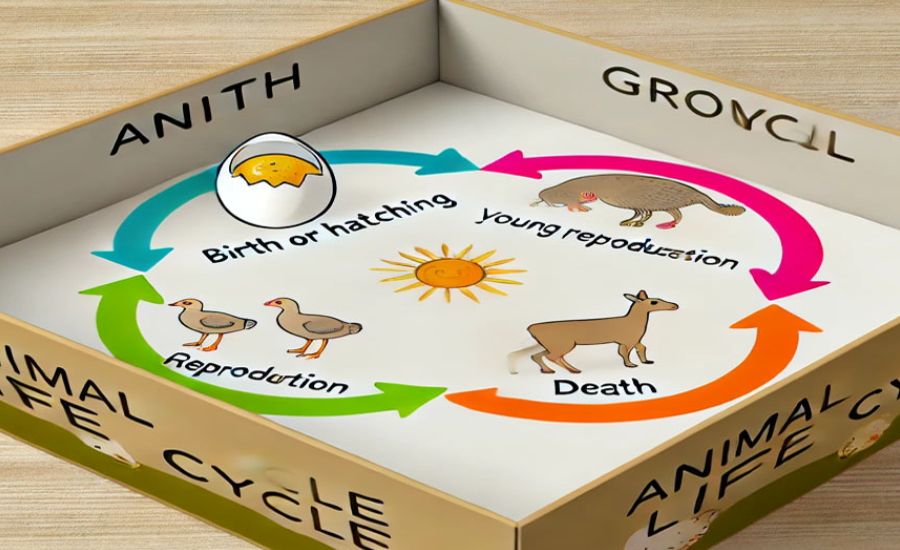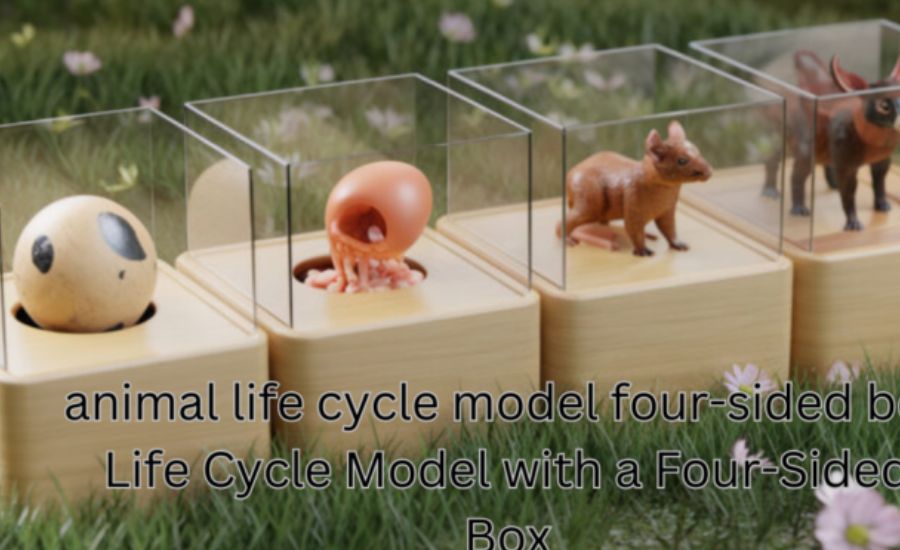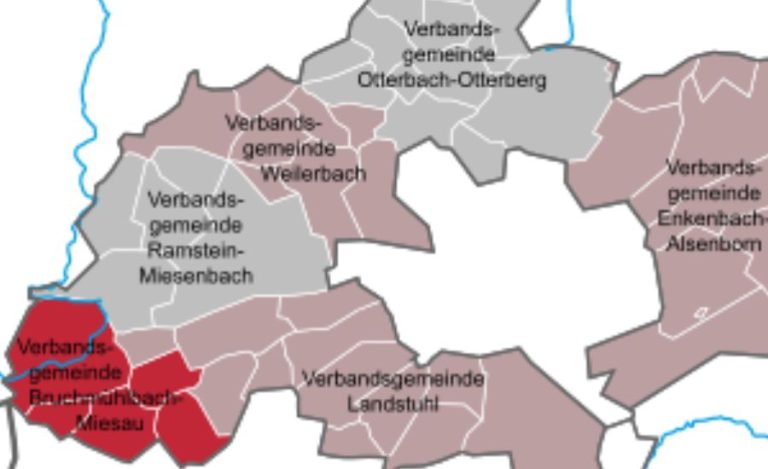Animal Life Cycle Model Four-Sided Box, Presentation, Explained, Materials Required & More
Introduction
The Creature Life Cycle Demonstrate Animal Life Cycle Model Four-Sided Box is a essential concept inside the field of science that portrays the different stages of development and improvement that creatures experience all through their lives. This show serves as a system to get it how distinctive species advance from birth to development, and eventually, to generation and passing. By looking at the life cycles of creatures, analysts and scientists pick up bits of knowledge into behavioral designs, regenerative methodologies, and survival instruments that are essential for species tirelessness in their particular environments.
The centrality of the creature life cycle show lies in its capacity to outline the interconnecting of organic forms and environmental frameworks. Each stage of the life cycle—be it the embryonic organize, adolescent improvement, or adulthood—can essentially affect the in general wellbeing of an environment. For occurrence, a superior understanding of breeding seasons permits researchers to foresee creature populaces, screen imperiled species, and actualize preservation methodologies viably. Also, the synchronization of life cycles among diverse species can frequently direct predator-prey connections, relocation designs, and living space utilization.
Studying the creature life cycle demonstrate too empowers analysts to assess how different components, such as climate alter, territory misfortune, or contamination, impact creature advancement. These variables can change the conventional life cycle, coming about in adjustments or shifts in behavior that may influence not fair person species but whole nourishment networks. In addition, understanding the subtleties of distinctive life cycles cultivates a more profound appreciation for biodiversity and the complicated connections inside ecosystems.
The Four-Sided Box System Explained
The creature life cycle show, particularly the four-sided box approach, serves as an compelling device for visualizing and categorizing the stages of an animal’s life. This demonstrate comprises four unmistakable however interconnected stages: birth, development, generation, and passing. Each of these components reflects the organic movement an creature experiences, making a difference analysts and teachers superior get it the complicated elements of creature life cycles.
The to begin with side of the box speaks to birth, the basic organize where an creature comes into presence. This stage includes different regenerative techniques watched in the creature kingdom, counting live births, egg laying, and indeed abiogenetic generation. By recognizing the differences in birth components, the four-sided box demonstrate gives a comprehensive see of how creature life starts over species.
The moment stage is development, which includes the different formative stages an creature encounters as it develops. Amid this stage, creatures take part in bolstering, learning, and adjusting to their situations. The development stage can reflect diverse life stages, such as adolescent or pre-adult periods, setting the arrange for inevitable generation. This perspective of the creature life cycle show highlights the significance of natural conditions, sustenance, and behavior in impacting development patterns.
Finally, the passing stage speaks to the conclusion of the creature life cycle, checking the conclusion of an individual’s presence. This side emphasizes the reality that passing is a common portion of life and contributes to biological adjust, as it permits for the reusing of supplements and the continuation of life through modern organisms.
Overall, the four-sided box system typifies the complexity of the creature life cycle show, illustrating the interconnecting of birth, development, generation, and passing in the survival of species.
Materials Required for the Four-Sided Box Model
Before setting out on any venture, gathering the right materials is fundamental to guarantee the last item is both utilitarian and outwardly engaging. Here’s a comprehensive list of the materials you’ll require for making the creature life cycle show in a four-sided box.
Essential Materials:
Cardboard or Pre-Made Four-Sided Box: The establishment of your show is the box itself. You can either utilize a straightforward cardboard box or buy a ready-made four-sided box from a create store. Cardboard is strong and gives a great surface for sticking and decorating.
Craft Paper, Markers, and Paint: These materials will be utilized to brighten the insides and outside of the box. Colored paper can be cut into distinctive shapes and sizes to speak to different components of the life cycle. Markers and paints will offer assistance bring the box to life and make each arrange of the animal’s life cycle stand out.
Scissors, Stick, and Tape: These fundamental making devices will be fundamental for cutting out shapes, securing things in put, and making alterations to your demonstrate as you go.
Plastic Creatures, Printed Pictures, or Clay: For a more practical see, you can utilize plastic dolls that speak to distinctive stages of the life cycle. On the other hand, printed pictures or carefully assembled clay models of the creature can be utilized. The choice of materials here depends on your inventiveness and budget.
Labels and Markers: Clear labeling is significant to clarify each arrange of the life cycle. Utilize basic, clear penmanship or printed names to explain each stage.
Optional Materials:
LED Lights: If you need to take the demonstrate to the following level, you can include little Driven lights to highlight certain stages, such as the egg organize or grown-up stage.
Textured Materials: Cotton balls, felt, or texture can be utilized to include surface and authenticity to the demonstrate. For case, cotton may speak to clouds or living spaces, whereas felt might be utilized for creatures or plants.
Having these materials on hand guarantees you are prepared to jump into the inventive prepare, and it sets you up for victory in building your four-sided box model.
Real-World Applications of the Four-Sided Box Model

The creature life cycle show, displayed in the four-sided box arrange, offers a organized approach that can be useful in various areas, counting preservation science, instruction, and creature administration. This demonstrate organizes and visualizes the complex stages of an animal’s life cycle, encouraging way better understanding and administration practices.
In preservation science, the four-sided box show serves as a crucial instrument for arranging and usage of species conservation techniques. For occurrence, a case think about including the utilize of the demonstrate on the imperiled California Condor diagrams how understanding the particular stages of the bird’s life cycle can advise breeding programs and environment rebuilding endeavors. By precisely recognizing basic formative stages, protectionists can distribute assets more viably, guaranteeing that each stage of the condor’s life is backed adequately.
In the domain of instruction, the four-sided box show can upgrade understudy comprehension of creature life cycles. Schools utilizing intuitively learning modules nearby this show have detailed made strides engagement and maintenance of information. Teachers have found that by breaking down the life cycle into four basic components, understudies can superior get a handle on concepts, driving to expanded intrigued in organic sciences.
Moreover, creature administration hones can too advantage from the application of this organized demonstrate. For occasion, in zoos, staff can utilize the four-sided box approach to screen the wellbeing and advancement of different species. A fruitful case includes an universal think about where guardians followed the development and behavior of elephants utilizing the show, which brought about in improved welfare conventions and educated breeding decisions.
By joining the creature life cycle show in the four-sided box organize, experts over these areas can infer profitable experiences, empowering them to cultivate a more profound understanding of creature science and compelling administration strategies.
Challenges and Confinements of the Model
The creature life cycle show, especially the four-sided box approach, serves as a foundational device for understanding the different stages of creature advancement and generation. Be that as it may, this demonstrate is not without its challenges and confinements, which warrant basic examination. One eminent concern is the misrepresentation of complex life cycles. Numerous species show life history characteristics that do not adjust with the ordinary stages spoken to in this show. For occurrence, a few creatures of land and water experience one of a kind changes, such as paedomorphosis, where they hold adolescent characteristics into adulthood, in this way resisting the standard movement sketched out in the four-sided box framework.
Furthermore, the four-sided box show regularly accept a straight movement through stages, which may not be appropriate to all species. Various creatures have the capability to move between distinctive formative pathways based on natural conditions. For case, certain angle can alter sex or change regenerative techniques depending on the nearness of competitors or mates. Such adaptability is challenging to typify inside the inflexible limits of the show, showing that the creature life cycle is distant more energetic than represented.
Moreover, a few creature species lock in in one of a kind regenerative techniques, such as agamic propagation or parthenogenesis, which the conventional four-sided box show falls flat to satisfactorily address. These elective regenerative techniques outline the assorted ways in which life cycles can show, advance complicating the application of this show over distinctive taxa. To completely get it these complexities and varieties, progressing inquire about is significant. Comprehensive thinks about centered on particular species may abdicate important bits of knowledge that challenge the foundational standards of the creature life cycle demonstrate and show elective systems for depiction.
Educational Benefits of the Four-Sided Creature Life Cycle Model
Creating an creature life cycle demonstrate utilizing a four-sided box gives various instructive benefits. To begin with and preeminent, it makes a difference understudies visualize natural concepts that might something else appear theoretical. By physically developing each stage, understudies are able to way better get it how life unfurls for distinctive species.
This extend empowers inventiveness, permitting understudies to explore with different materials and creative expressions. It moreover cultivates problem-solving abilities as understudies figure out how to best speak to each organize of the life cycle. The intelligently nature of the venture makes it a profitable device for locks in understudies and guaranteeing they hold the information.
Additionally, this venture can be utilized in a assortment of instructive settings, counting classroom lessons, science fairs, and homeschool ventures. The hands-on nature of the show makes it a fun and paramount way to learn almost science.
Facts:
- Purpose of the Model: The Creature Life Cycle Model is used to visualize the developmental stages of animals, promoting understanding of ecological processes and environmental interactions.
- Four Stages of the Life Cycle:
- Birth: Represents various reproductive strategies such as live births, egg-laying, and asexual reproduction.
- Growth: Covers juvenile stages, development, feeding, and environmental adaptation.
- Reproduction: Involves the species’ strategies for passing on genetic material.
- Death: Marks the end of the cycle and contributes to ecosystem balance through nutrient recycling.
- Real-World Applications:
- Conservation science for monitoring endangered species (e.g., California Condor).
- Educational tools to simplify biological concepts for students.
- Animal management in zoos and wildlife studies to improve welfare and breeding practices.
- Challenges of the Model:
- Oversimplifies complex life cycles (e.g., amphibian paedomorphosis, sex changes in fish).
- Fails to fully address unique reproductive strategies like parthenogenesis or asexual reproduction.
- Assumes linear progression, which doesn’t apply to all species.
- Educational Benefits:
- Helps students visualize abstract biological concepts.
- Encourages creativity, problem-solving, and engagement.
- Suitable for science fairs, classroom lessons, and homeschooling projects.
Summary:
Your article provides a comprehensive exploration of the Creature Life Cycle Model, particularly using the Four-Sided Box framework. It introduces the model as a crucial scientific concept for understanding animal development and highlights its significance in studying ecological interactions, biodiversity, and species conservation. The Four-Sided Box Model categorizes the animal life cycle into four stages: birth, growth, reproduction, and death, offering a simplified but effective visualization for education and research purposes.
The article also delves into the materials required to build the model, such as cardboard, craft supplies, and optional enhancements like LED lights, providing practical steps for constructing a life cycle model. Real-world applications in conservation, education, and animal management are discussed, along with challenges, such as oversimplification and the inability to represent complex life histories or alternative reproductive strategies. Lastly, it highlights the educational benefits of the model, emphasizing its role in fostering creativity, problem-solving, and engagement among learners.
FAQs:
1. What is the Creature Life Cycle Model?
The Creature Life Cycle Model is a conceptual framework that outlines the four key stages of an animal’s life: birth, growth, reproduction, and death. It is used to study developmental processes and ecological relationships.
2. What is the significance of the Four-Sided Box system?
The Four-Sided Box system is a structured way to categorize and visualize the stages of the animal life cycle, making it easier for researchers and educators to understand and explain these biological processes.
3. How is the model applied in conservation science?
The model helps in planning conservation strategies by identifying critical life stages of endangered species, such as breeding or juvenile growth, and allocating resources effectively to ensure species survival.
4. What materials are needed to create a Four-Sided Box model?
Essential materials include cardboard, craft paper, scissors, glue, markers, and optional items like LED lights or textured materials to enhance visual appeal.
5. What are some limitations of the Four-Sided Box model?
The model oversimplifies complex life cycles, doesn’t fully account for alternative reproductive strategies (e.g., parthenogenesis), and assumes a linear progression through the stages, which may not apply to all species.
6. How does this model benefit students?
Students benefit by gaining a hands-on, interactive learning experience that simplifies biological concepts, fosters creativity, and enhances retention through visualization and active engagement.
7. Can this model be adapted for different species?
Yes, the model can be tailored to represent the life cycles of various species by modifying the design to reflect specific characteristics, such as amphibian metamorphosis or fish reproduction.
8. What role does the model play in understanding ecosystems?
The model demonstrates how different stages of life cycles influence ecosystem dynamics, such as predator-prey relationships, migration patterns, and habitat utilization, offering insights into biodiversity and ecological balance.
For more Information About Information visit Francher Way






